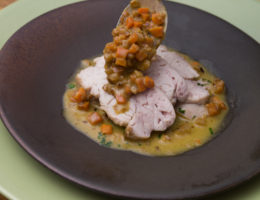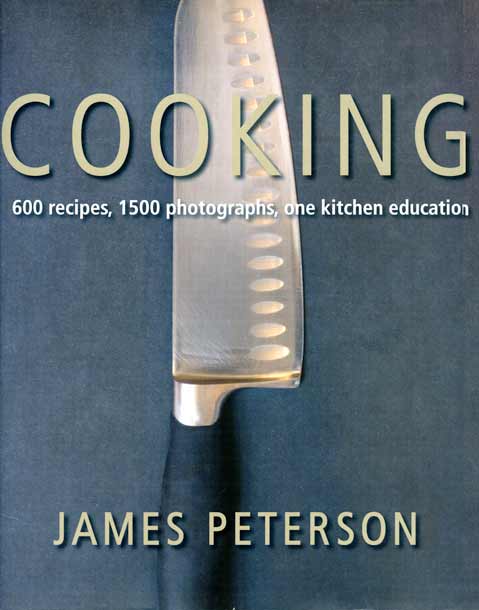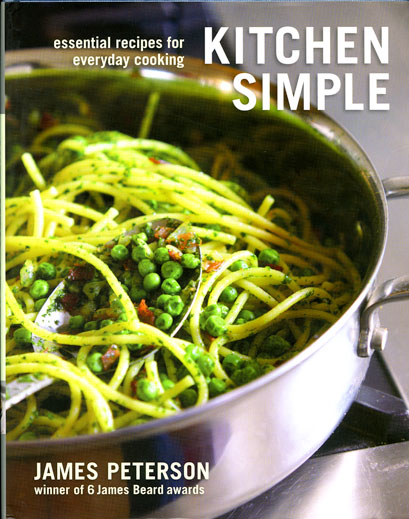Butter that’s been clarified has had all the milk solids (which are proteins) and water removed. Clarified butter is useful for sautéing and browning foods because it has a much higher smoking point than whole butter. It’s the proteins in whole butter that burn at a relatively low temperature. Clarified butter is also used for making emulsified egg yolk sauces such as hollandaise.
There are two approaches to making clarified butter. In kitchens when relatively large amounts (more than five pounds) of butter are being clarified at a time, the butter is simply melted in a large pot and allowed to sit. Any foam or froth that has floated to the top is skimmed off. The butterfat, which floats in a layer above the water and milk solids, is then skimmed off with a ladle.
With smaller amounts of butter, it makes more sense to make ghee, also called beurre noisette. Ghee behaves in the same way as butter that’s been clarified using the first method, but it has an incomparable nutty butterscotch flavor. For this reason, it is great in sauces (including pastry cream) and in any sauce calling for clarified butter. To make ghee, melt a few pounds of unsalted butter in a pot and boil the mixture until the froth subsides and brown particles begin to attach to the sides and bottom of the pot. When a brown crusty layer has formed on the bottom of the pot, immediately stop the cooking by submerging the bottom of the pot in a bowl of cold water. Strain the butter through a chinois (fine mesh sieve) or coffee filter to rid it of milk solids.
Many chefs and cooks don’t bother making clarified butter (or ghee) because of the extra work and instead add oil to whole butter when sautéing under the mistaken impression that the oil will raise the smoking point of the butter. The oil, in fact, has no effect since the milk solids still burn at the same temperature regardless of the liquid medium.
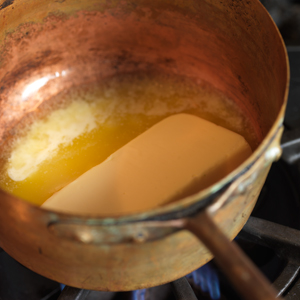
1 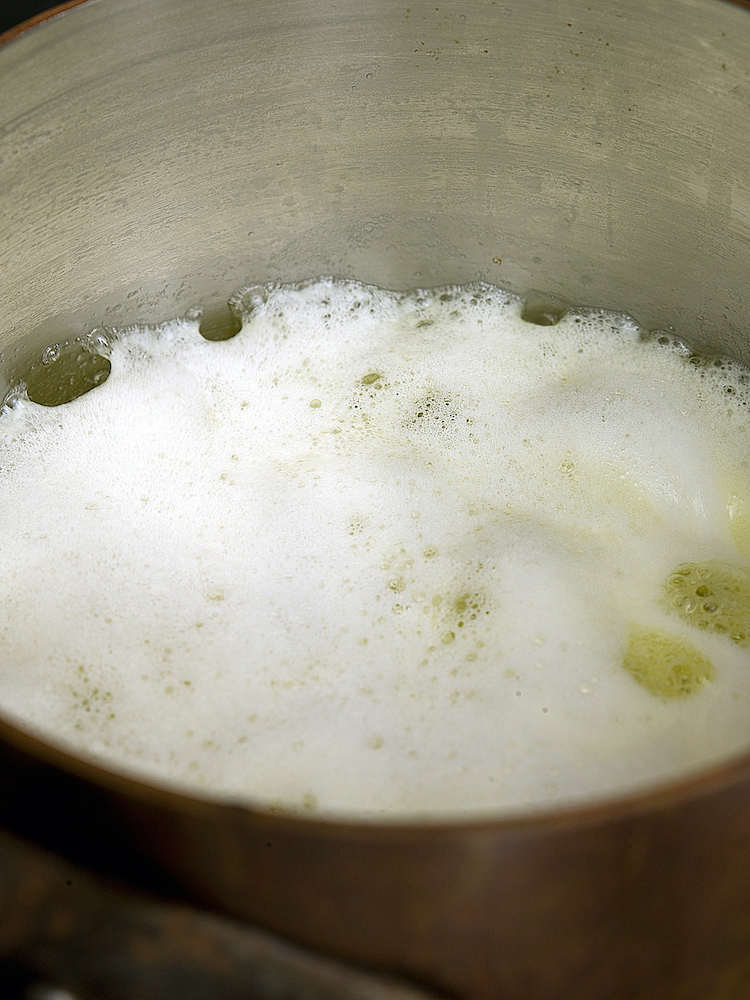
2 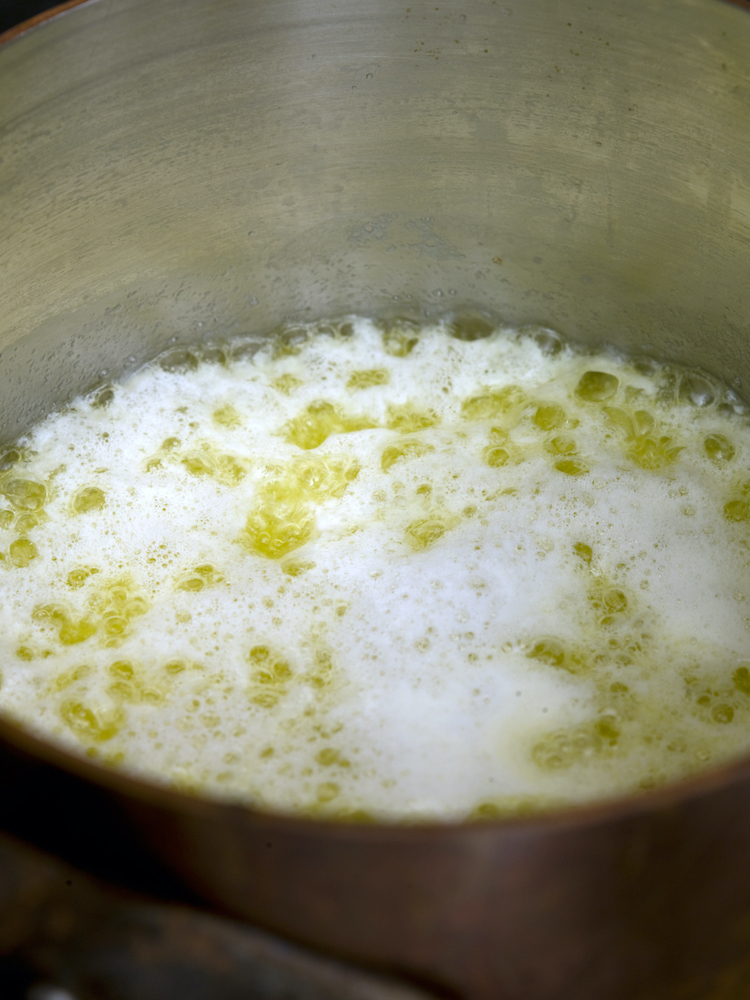
3 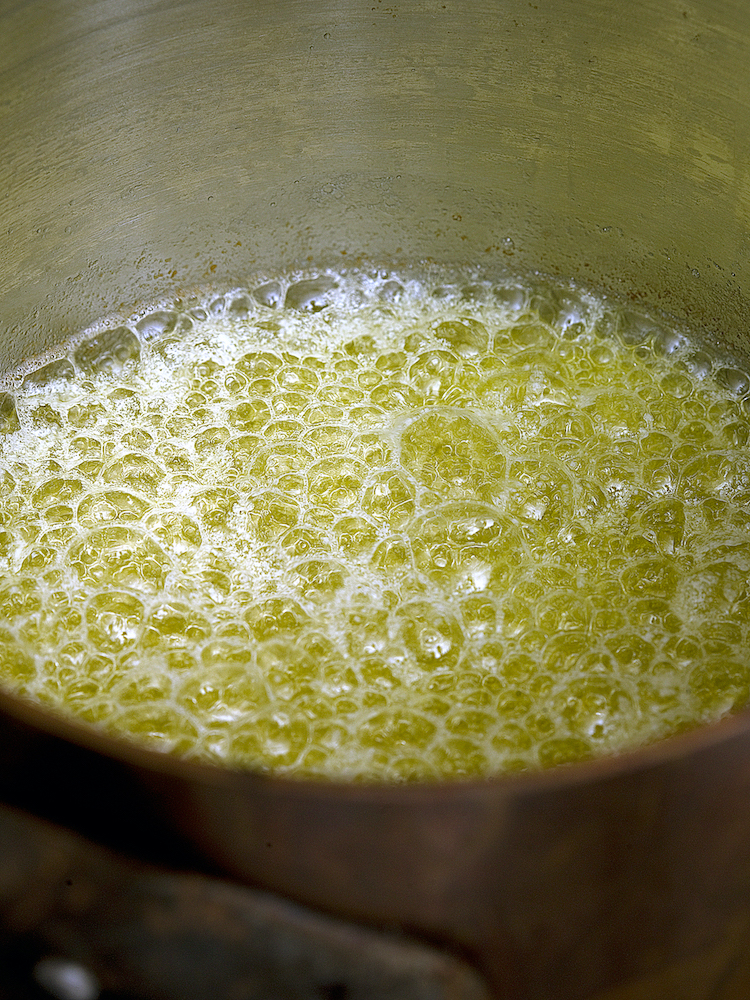
4 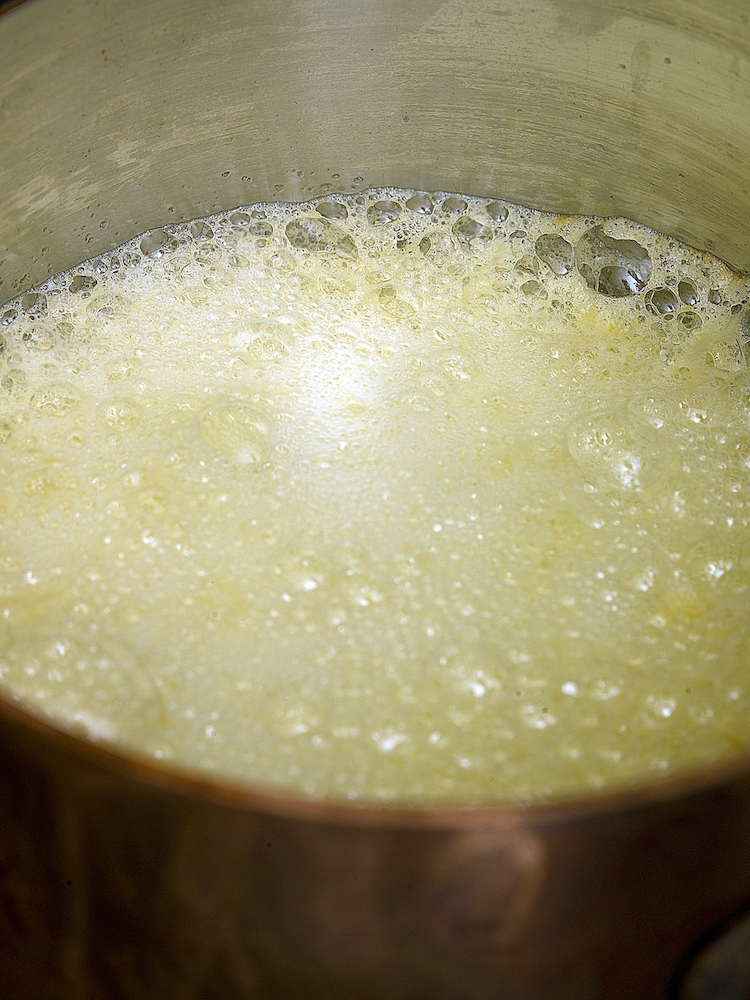
5 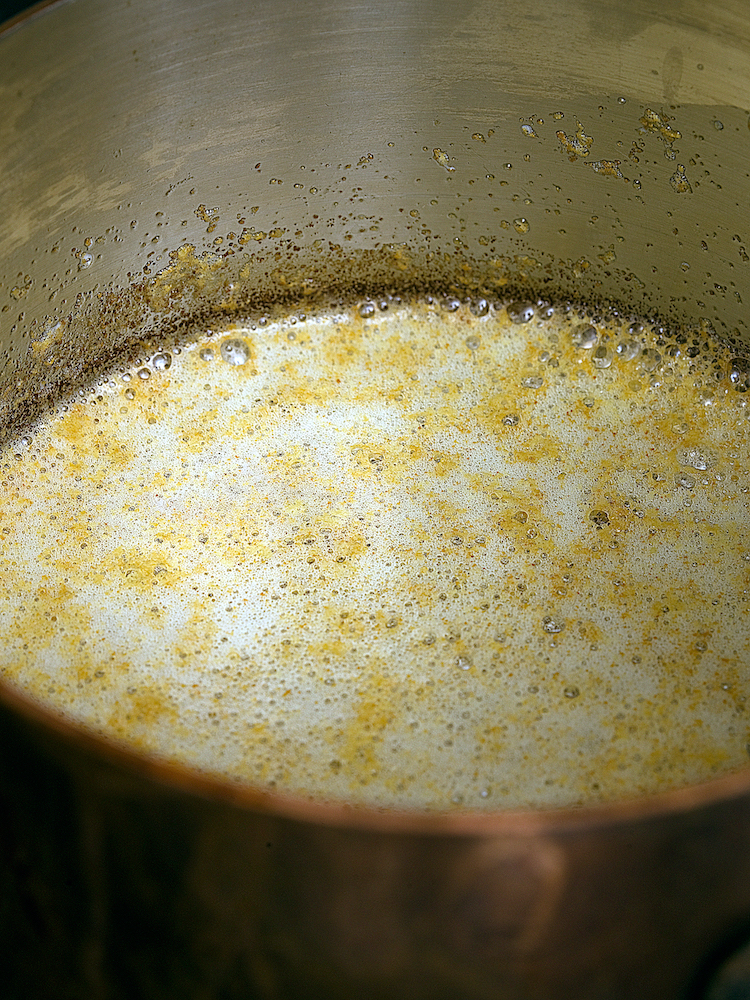
6 
7 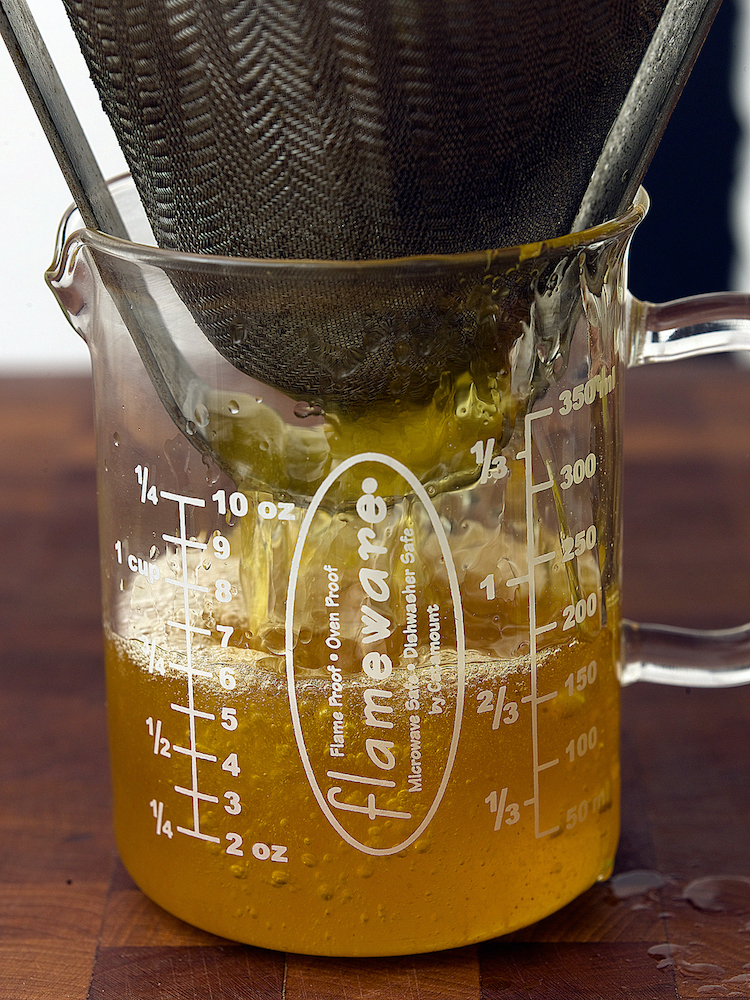
8
